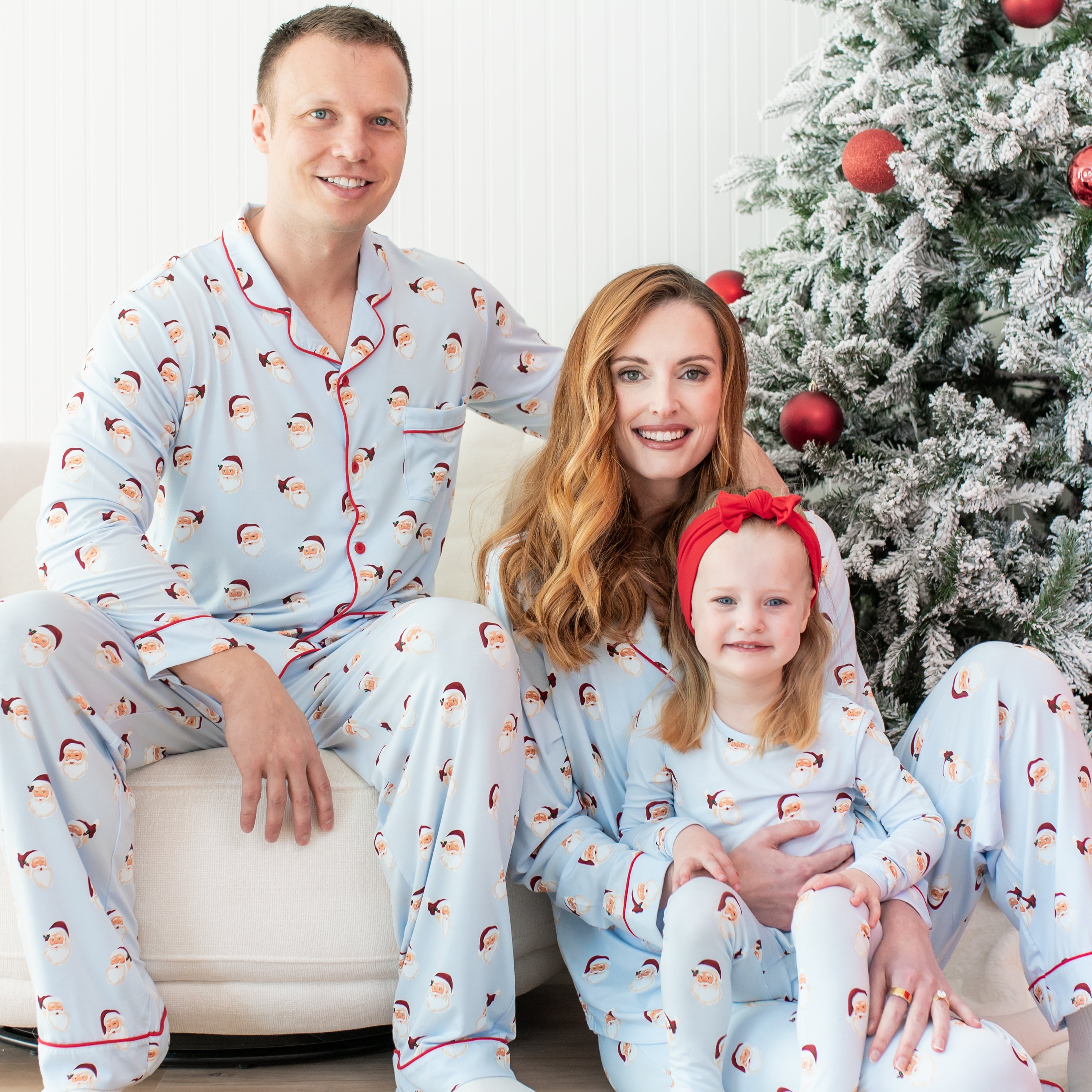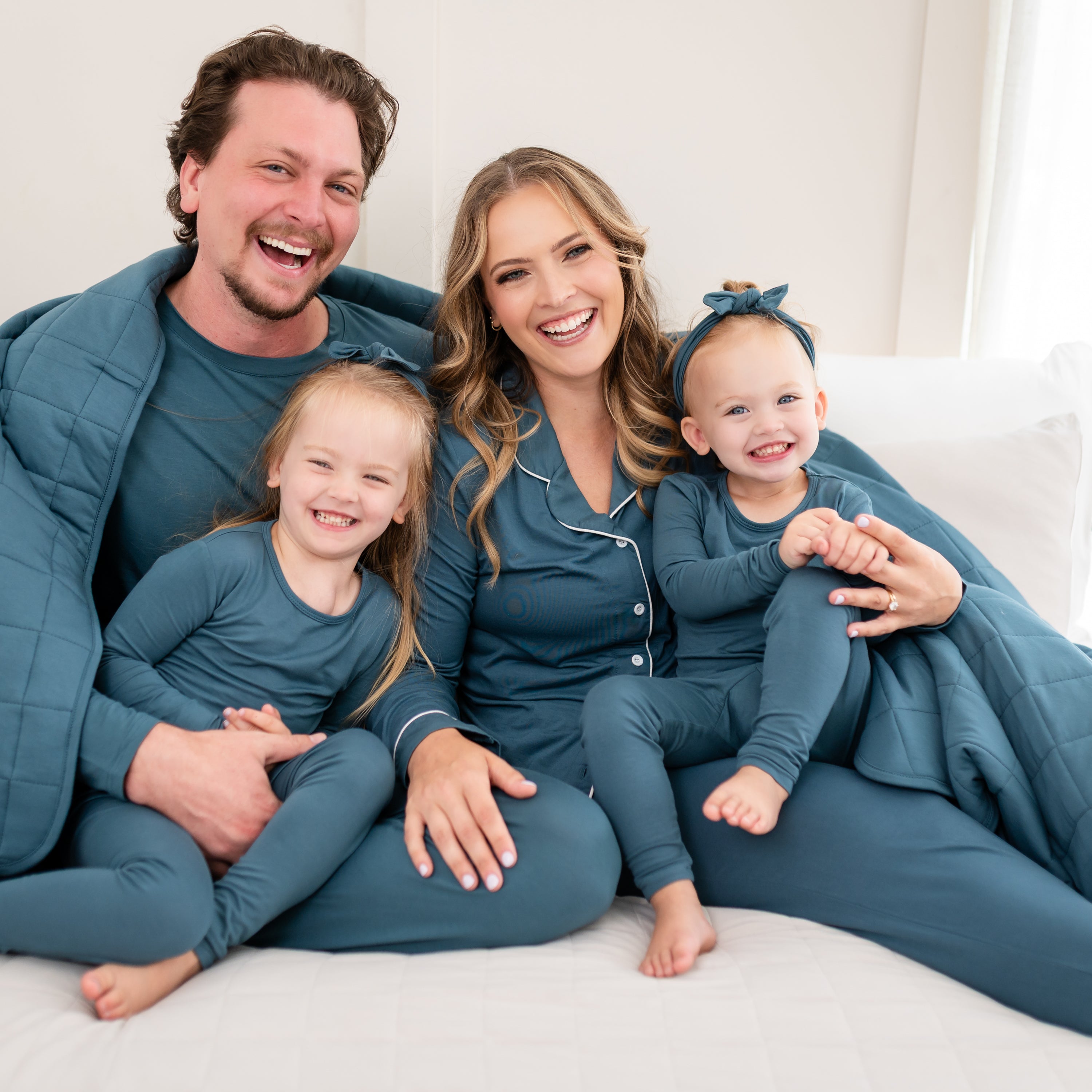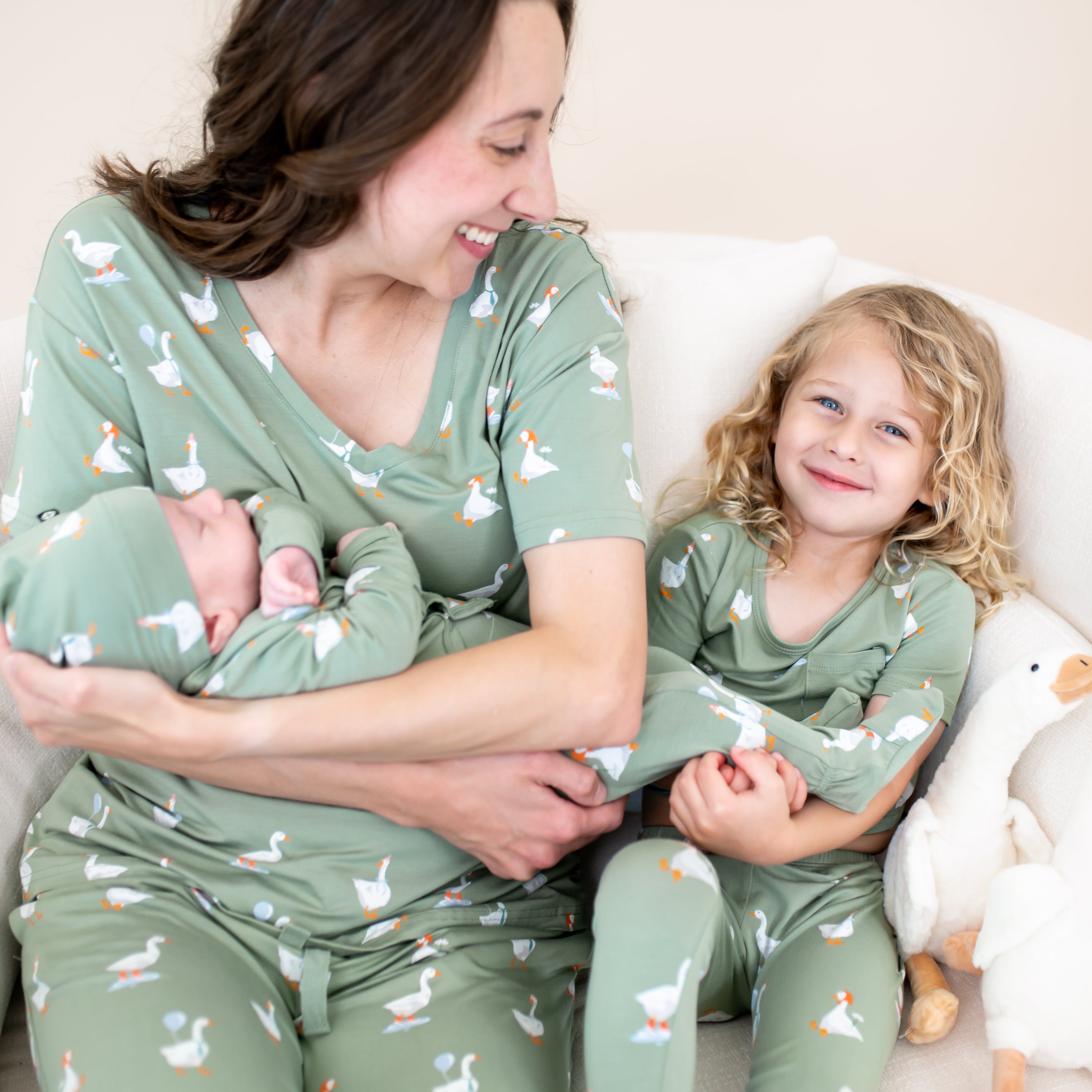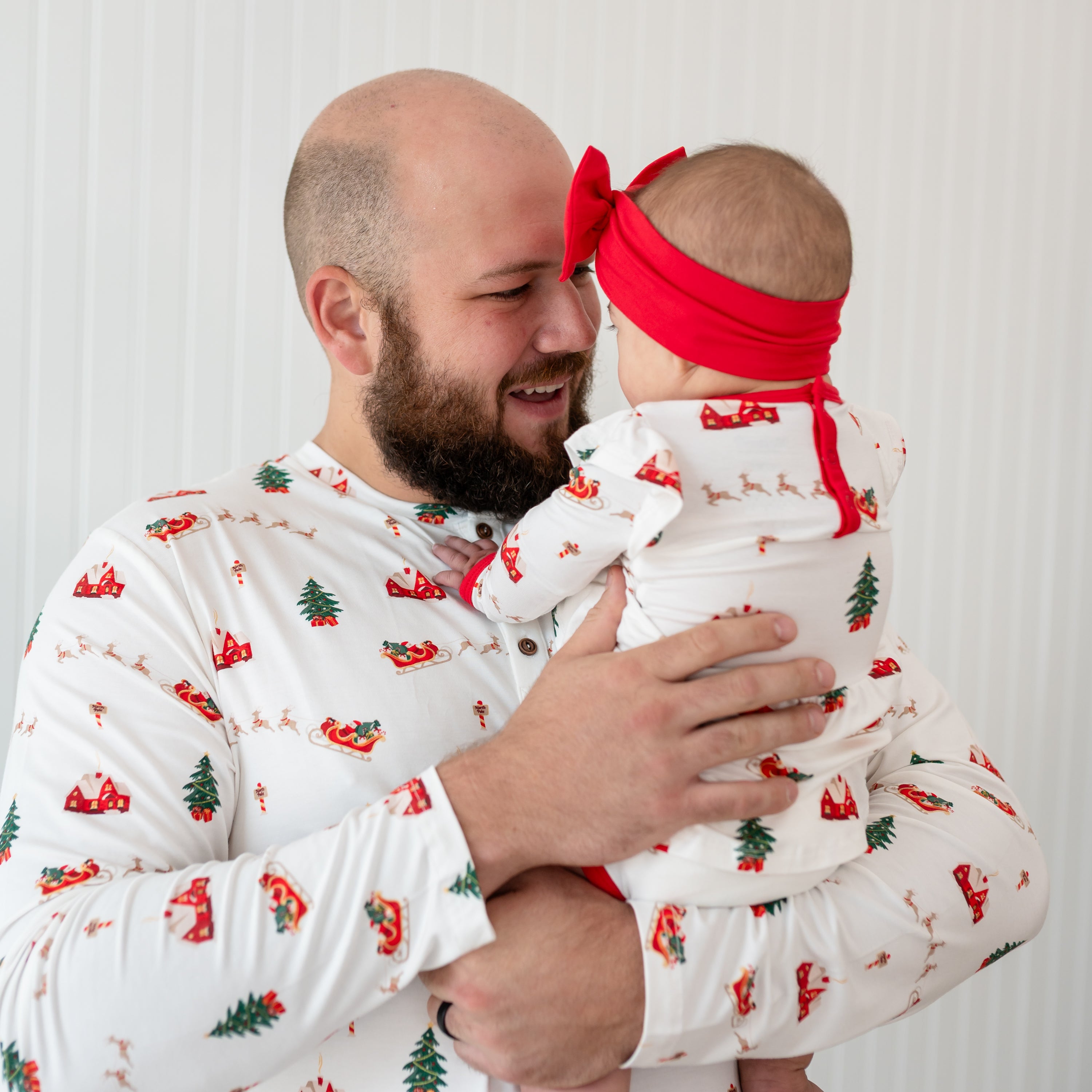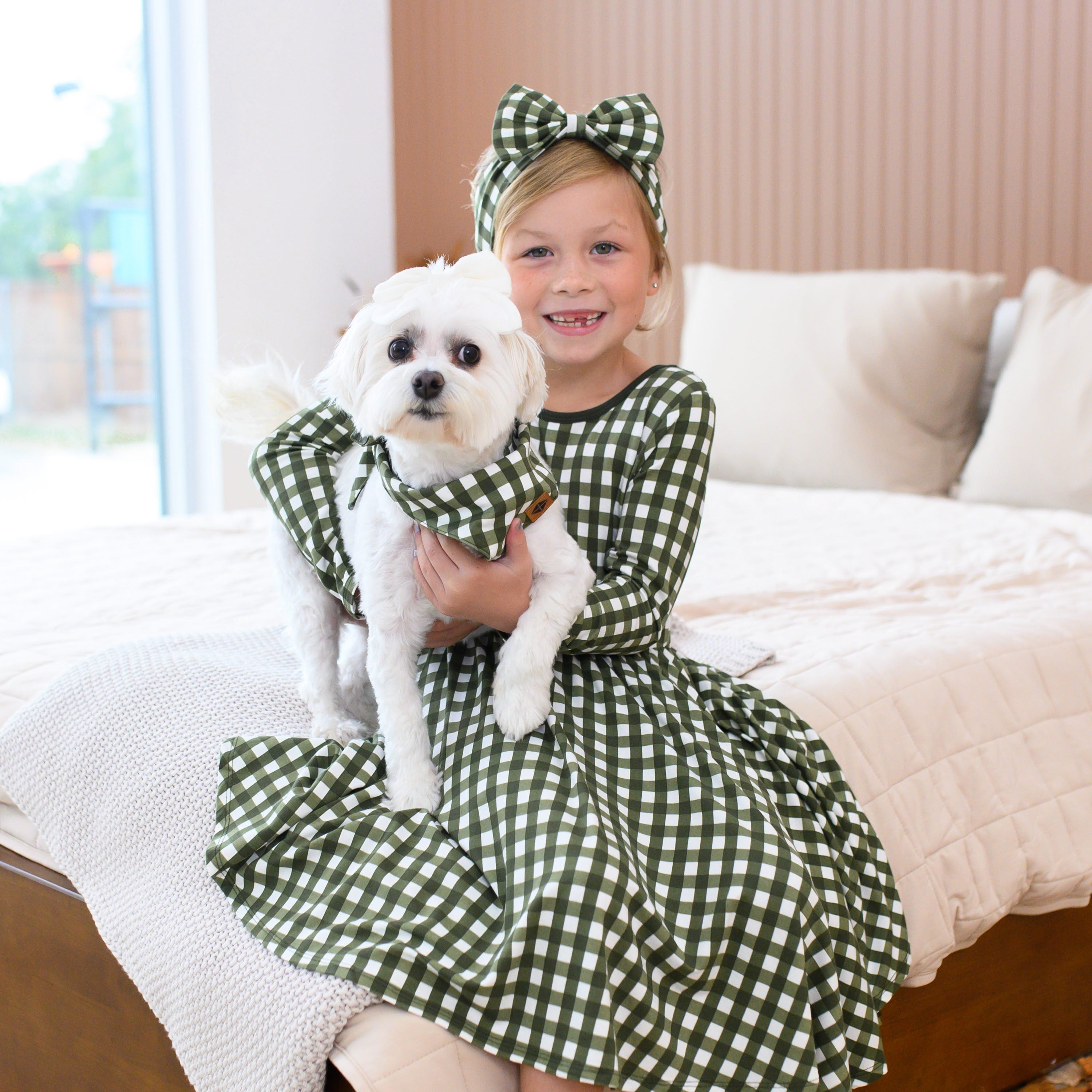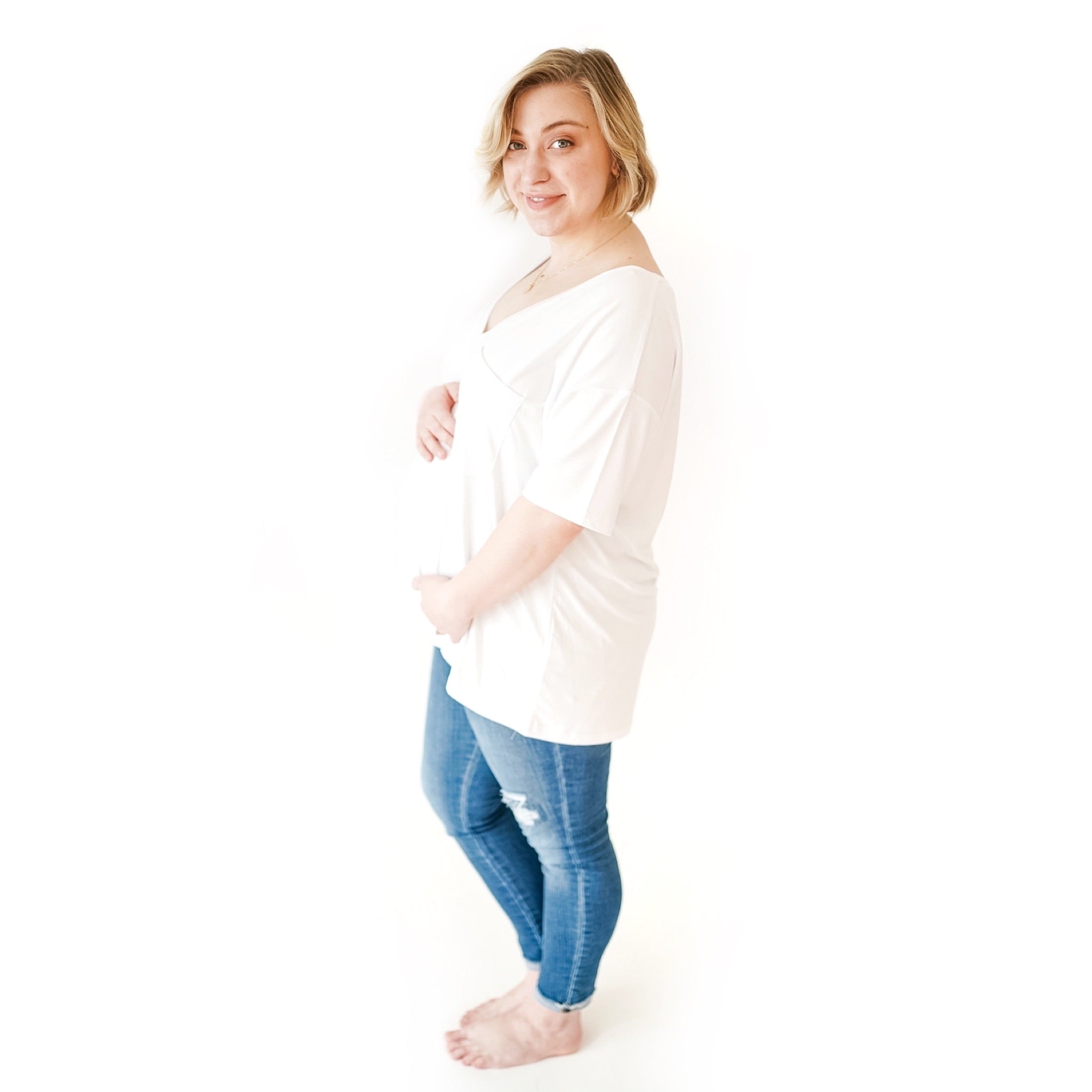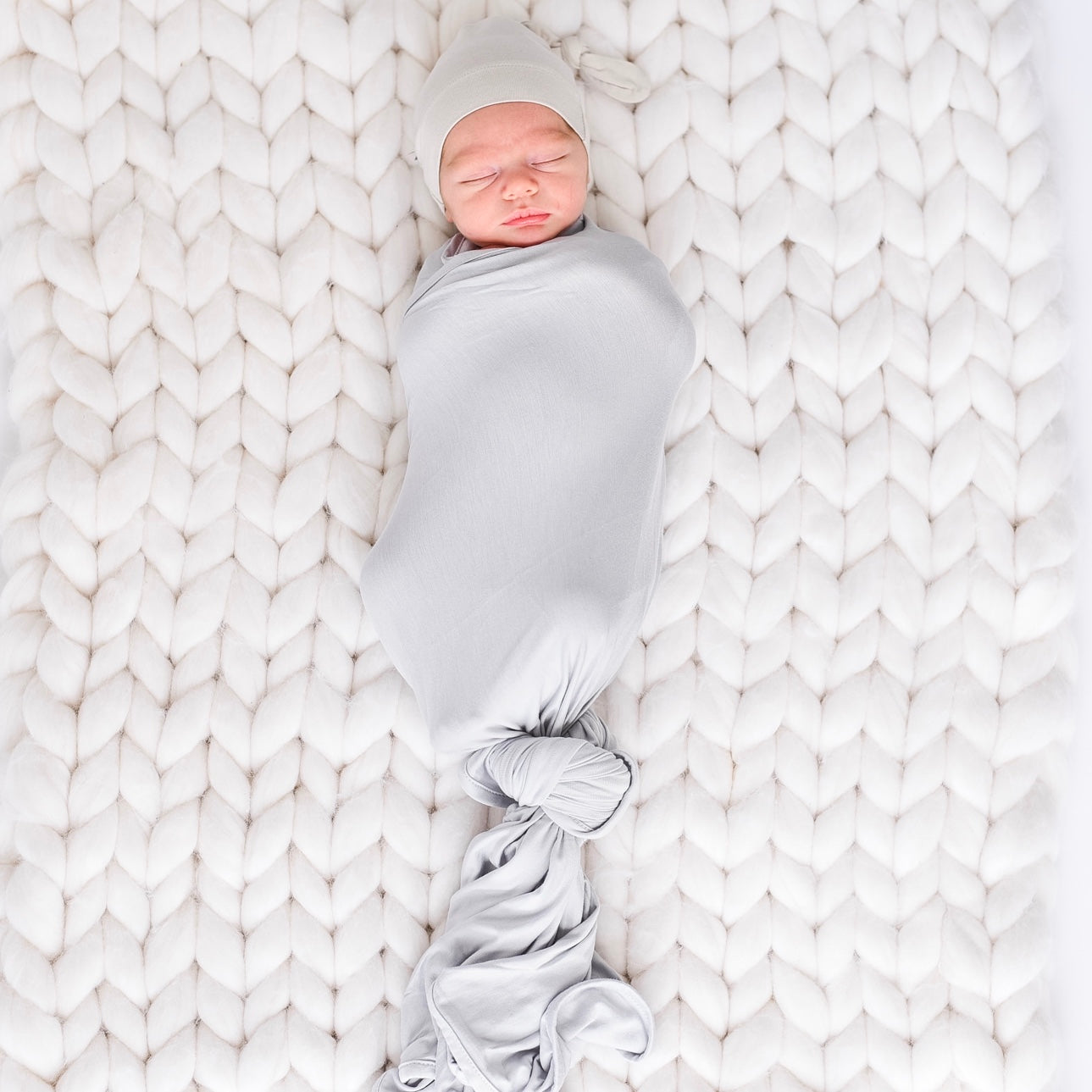Oh, sleep. The formerly under-appreciated, ever-elusive concept that you now seem to spend all your time obsessing over since becoming a parent. Babies are supposed to sleep, right? If only it were that easy.
While it’s true that newborns sleep most of the day, they not only need help to fall asleep, they sleep in short intervals, which means rocking or nursing them every few hours (or maybe every hour!) all day and night long. Once they’re out of the newborn stage, babies’ sleep patterns change and become more adult-like.
All your tricks for getting your little one to sleep may no longer work, and it seems as though they’re constantly going through something – maybe a growth spurt, sleep regression, teething, you name it. Just when you’re starting to feel like you’re both adjusting, everything changes again. Infancy is a stressful, exhausting time for parents, so we consulted an expert for information and advice.
Q & A With a Sleep Consultant
Erin Junker, a professional infant & toddler sleep consultant, answers your most pressing sleep questions below.
How Many Naps Does Baby Need at Each Age?
EJ: A baby who is well-rested during the day will generally sleep better at night – sleep begets sleep! So, focusing on an age-appropriate number of naps each day is a great way to get good sleep habits in place. Here are the suggested number of naps by age:
- Newborn: 4-6 naps
- 3-4 months: 4 naps
- 5-7 months: 3 naps
- 8-16/18 months: 2 naps
- 16/18+ months: 1 nap
It’s worth noting that while this guideline exists, it is still just a suggestion. Every baby is different, and only you know exactly what your baby needs. While another baby is ready to transition to 3, or maybe even 2, naps by 5 months of age, yours may still prefer shorter, more frequent naps. We advise that you listen to your intuition, first and foremost.
How Will I Know When Baby is Ready for More Awake Time?
EJ: Babies go through so many developmental changes in the first year of life, which means frequent changes to how much awake time they can handle between naps.
Signs that your baby is ready for an increase in awake time are:
- Not showing the usual tired signs leading up to naptime (no yawning, eye rubbing, etc)
- Playing in the crib for a long time instead of falling asleep within 5-10 minutes
- Taking only a short nap, but waking up happy.
Why is My Baby Only Taking 45 Minute Naps?
EJ: Forty-five minutes is not a coincidence; it is exactly one sleep cycle for a baby. At around the 30-45 minute mark into the sleep cycle, your baby is in a lighter stage of sleep, trying to transition from this cycle to the next. She is rustling, she is stirring, maybe her eyelids are even fluttering a little. Now, the key…
A baby who has gone into the crib totally awake (and used her own independent sleep habits to get to sleep), will still rustle and stir at this 45-minute mark or even wake slightly at this point. However, this baby will simply get comfy again, settle in, and keep on sleeping to have that magical, seemingly-mythical 2-hour-long nap that you may have heard of but never experienced!
Meanwhile, a baby who has gone into the crib using a sleep prop (like feeding to sleep, rocking to a super-drowsy state, using a pacifier, etc.), is going to wake up fully during that light stage of sleep. She’s going to be like “WHOA. BAM. This is NOT where I went to sleep. This is not HOW I went to sleep. And I certainly do not have any idea how to put myself back to sleep in this scenario.” So, “Hey, Mom! Hey, Dad! Get back in here and do that stuff you did 45 minutes ago to get me back to sleep!”
How to move past the 45-minute nap:
- Avoid sleep props: Sleep props (like pacifiers, rocking, bouncing, swaying-vigorously-under-the-kitchen-hood-fan-for-20-minutes-before-each-nap, etc.) may get your baby to sleep, but they will also keep your baby from learning how to fall asleep independently. And, if your little one cannot fall to sleep independently, she will not be able to fall back to sleep on her own, whether that’s 45 minutes into a nap, or at 2 a.m.
- Respect age-appropriate awake times: if sleep props are the number one culprit of cat-naps, overtiredness is a close second. Follow age-appropriate awake times, and avoid letting your baby get overtired before naptime – hitting those key sleep windows can go a long way to helping extend naps.
- Put baby down awake: Not drowsy, nor already asleep – awake! This is how your little one will learn to go to sleep and then back to sleep independent of sleep props.
People Talk About Keeping The Room Dark For Sleep – Even For Newborns?
EJ: Based on how our circadian rhythms work, our brains understand that it’s time for sleeping when the environment is dark. This is why shift workers and people who live in countries where it’s sometimes light outside 24/7 use sleep masks and high-quality blackout shades. Because we all sleep better when it’s dark.
Your baby is growing rapidly – her mind is functioning at a speed of about a million miles a minute, it seems! That means any rays of afternoon sun that are seeping into her room at naptime, any blinking distractions like that annoying little blue light on your video monitor flashing at her during a 2am wake-up, or the street lamp that’s shining through her nursery’s beautiful (but not very functional) petal-pink curtains while she’s trying to fall asleep at bedtime, are all keeping her from sleeping better or more easily.
I recommend blackout blinds (cellular shades are a great option, or a pull-down, roller-style opaque blind), covered by high quality blackout curtains for maximum darkness in your baby’s room – for naptime and for nighttime.
When it comes to your newborn, I do still recommend dark for sleep, but to avoid “day/night confusion” do ensure you cap any daytime naps at around 2.5-3 hours maximum (each), and have lots of exposure to sounds and light during awake time.
When Should I Move My Baby From a Crib Into a Bed?
EJ: For many parents, it can be tempting to move your child from a crib to a big bed as soon as they’ve turned 2, but most children are not ready for a big kid bed until closer to 3-3.5 years of age. Try not to rush the transition (this is VERY important!) – if your child sleeps well in his crib without much complaint, don’t make a change.
Avoid putting pressure on your child by constantly emphasizing that he is a “big kid” now and, instead, simply mention it now and then. You can point out beds, fun sheets, and pillowcases when you are out shopping with your child, and wait for your little one to truly be ready to make the change.
Until your child is in a big kid bed, I recommend he wear a sleep bag – it’s a great sleep cue for a baby or young toddler, and keeps him cozier than blankets that can be kicked off, leaving your little one chilly! And, when your kiddo is around 2 years old and is considering swinging his leg up over the crib to try to climb out, a sleep bag can deter him from doing this!
Now that you’re armed with this information, we hope you have the tools you need to help baby (and you!) get the sleep he or she needs. We know that getting rid of sleep props like pacifiers, rocking, and nursing is easier said than done, especially when using them has their benefits, too.
If it feels like you’ve tried everything within your limits, and baby still prefers catnaps and wakes multiple times in the night, give yourself some grace and remember that it won’t last forever. While it may seem like neither you nor baby will ever sleep through the night, we promise that you both will.
Author: Erin Junker is a Professional Infant & Toddler Sleep Consultant, and owner of The Happy Sleep Company, working closely with tired parents to help them help their little ones get the healthy, restful sleep they need. Follow The Happy Sleep Company on Instagram and Facebook – let’s get your family the healthy, happy sleep you deserve!













